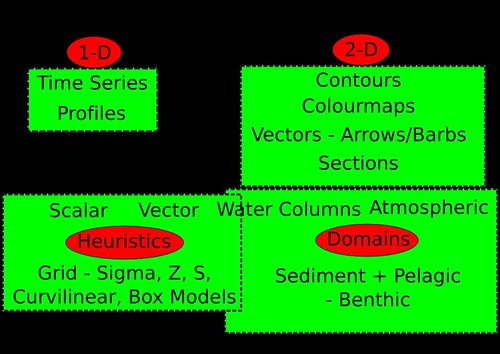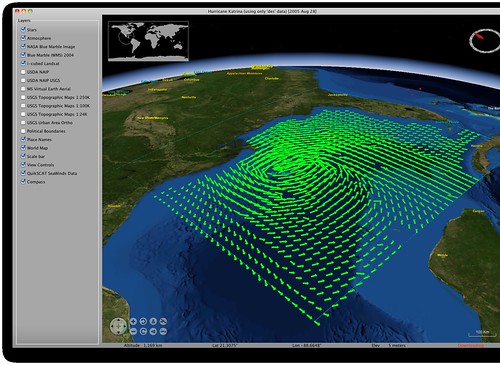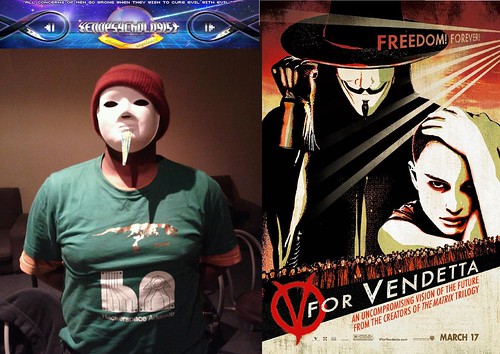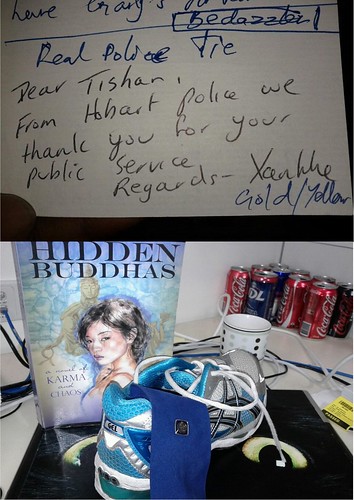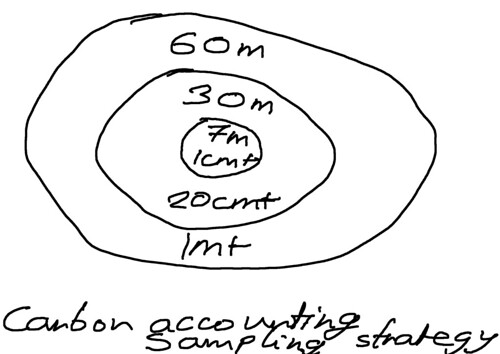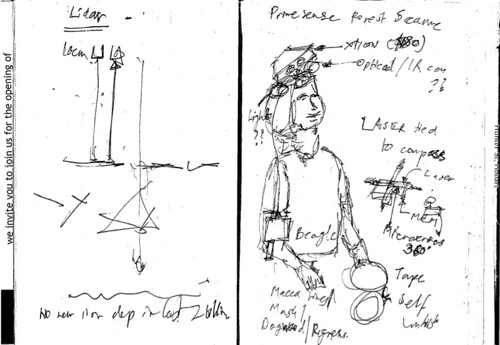Last week I had a super-long weekend thanks to the Hobart showday public holiday added to burning one day off my annual leave. Instead of enjoying the g-forces on offer at the show I went to the Tarkine with TWS to do some more community carbon accounting.
We stayed near Edith Creek , I obstinately refused to take a bed and occupied the drawing room floor. We covered 6 or so sites in a couple of days. The first day was mostly spent driving up and setting up camp. One of the most interesting sites was along a creek, the ground was full of burrows made by mini mud crayfish.
We also the proposed site of the Shree open cut iron mine and took some group photos.
We stayed near Edith Creek , I obstinately refused to take a bed and occupied the drawing room floor. We covered 6 or so sites in a couple of days. The first day was mostly spent driving up and setting up camp. One of the most interesting sites was along a creek, the ground was full of burrows made by mini mud crayfish.
We also the proposed site of the Shree open cut iron mine and took some group photos.


